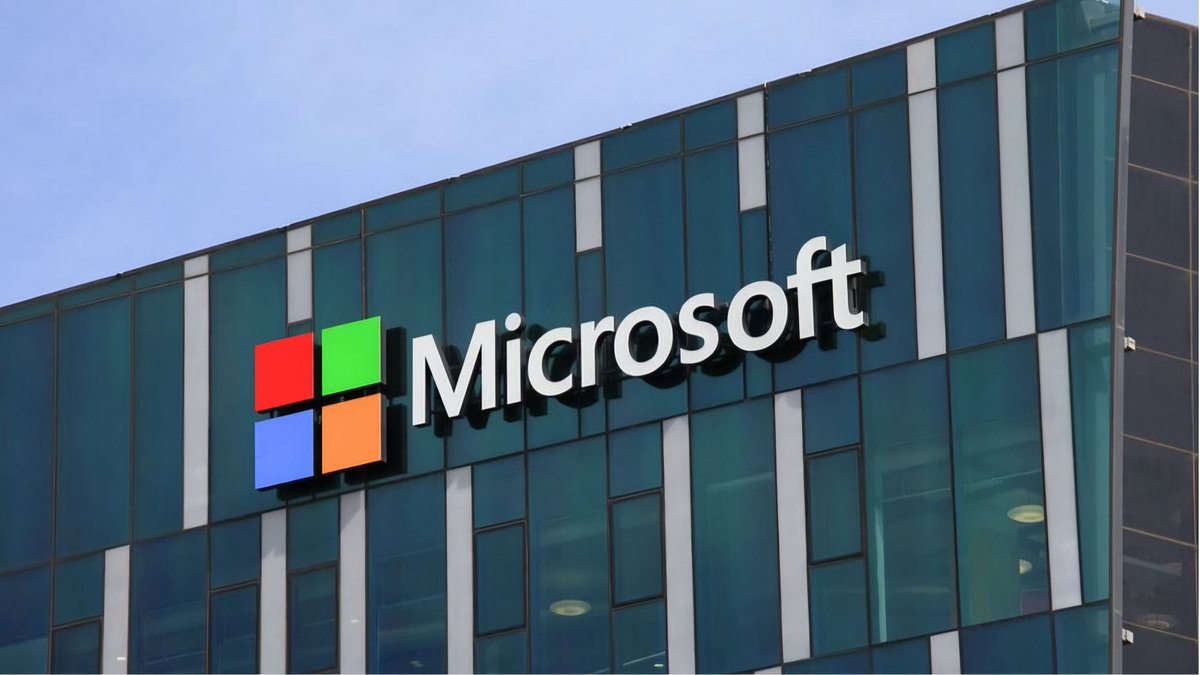Select Language:

Top 50 Companies by Market Capitalization in 2025: An In-Depth Look
1. Tech Titans Dominate the Listing
Leading the pack with a staggering market cap of $3.41 trillion is Microsoft. The tech giant continues to solidify its position at the forefront of innovation, cloud computing, and enterprise solutions. Close on its heels is NVIDIA, valued at $3.306 trillion, driven by its dominance in graphics processing units (GPUs) and artificial intelligence technology.
Apple follows behind with $3.118 trillion, maintaining its status as an industry stalwart through relentless product innovation and a strong ecosystem. Amazon, with a valuation of $2.188 trillion, remains the leader in e-commerce and cloud services.
2. The Rise of Big Tech and Energy Players
Alphabet (Google) ranks fifth, worth approximately $2.028 trillion, reflecting its expansive influence in online advertising, AI, and consumer tech. Saudi Aramco stands out among non-U.S. companies with a valuation of $1.686 trillion, representing the massive energy sector’s significant role in the global economy.
Meta Platforms (Facebook) continues to evolve, valued at $1.610 trillion, maintaining its social media dominance. Tesla, with just over $1.1 trillion, remains the poster child for electric vehicle innovation and renewable energy solutions.
3. Semiconductor and Hardware Powerhouses
Semiconductor manufacturer Broadcom claims a valuation of $1.084 trillion, showcasing the vital importance of integrated circuits in the digital age. Taiwanese chip producer TSMC is close behind at $1.003 trillion, underpinning global electronics manufacturing.
4. Retail Giants and Financial Institutions
Walmart, the retail behemoth, boasts a market cap of $785 billion, underpinning its extensive supply chain and customer reach. JPMorgan Chase, the largest U.S. bank, is valued at $736 billion, exemplifying the strength of the financial sector.
Visa and Mastercard, two pillars of digital payments, are valued at approximately $704 billion and $533 billion, respectively, highlighting the ongoing shift toward cashless transactions.
5. Healthcare and Consumer Goods Leaders
Eli Lilly, a frontrunner in pharmaceuticals and biotech, holds a valuation of nearly $678 billion. Johnson & Johnson remains a key player in healthcare at $367 billion, while Procter & Gamble stays household essential with a market cap of $386 billion.
Coca-Cola, a global staple, continues to thrive with a valuation nearing $310 billion, demonstrating enduring brand strength.
6. Notable Non-U.S. Companies in the Top 50
Chinese tech giants Tencent ($600.92 billion) and Alibaba ($293.25 billion) reflect China’s expanding influence in global tech markets. European luxury group LVMH at $277.59 billion and Swiss conglomerate Nestlé at $270.74 billion also demonstrate the robust performance of brands rooted in luxury, fashion, and consumer staples.
7. Emerging and Developing Markets’ Strong Presence
Kweichow Moutai of China, with nearly $276 billion, and South Korean tech leader Samsung at approximately $265 billion, underscore the growing competitiveness of Asian firms on the global stage. Brazil’s Petrobras remains prominent among energy companies despite fluctuating oil prices, with a valuation of $150.80 billion.
8. Financial Services and Tech Transformations
T-Mobile US, valued at $277.33 billion, signifies the continued expansion of wireless networks and 5G technology. Salesforce, a leader in customer relationship management software, holds a market cap of nearly $276 billion, representing the ongoing digital transformation.
9. The Impact of Innovation and Sustainability
Many of these companies, especially in tech, energy, and pharmaceuticals, are investing heavily in sustainability initiatives, AI research, and digital infrastructure, shaping their valuations and future growth prospects.
10. A Snapshot of the 2025 Market Landscape
As of May 20, 2025, the list of the world’s largest companies reflects a dynamic mix of technology, energy, finance, healthcare, and consumer brands. The dominance of U.S.-based firms underscores the continued technological leadership, but rising influence from Asian economies and European luxury brands offer a more diversified picture of global economic strength.
Source: Companies Market Cap, May 2025.






